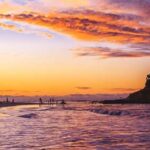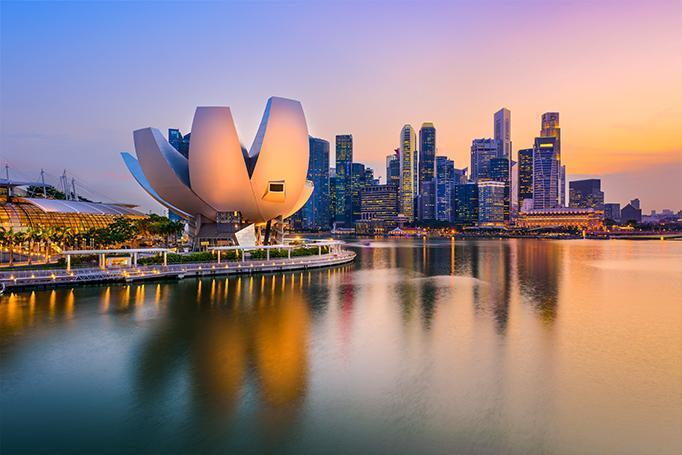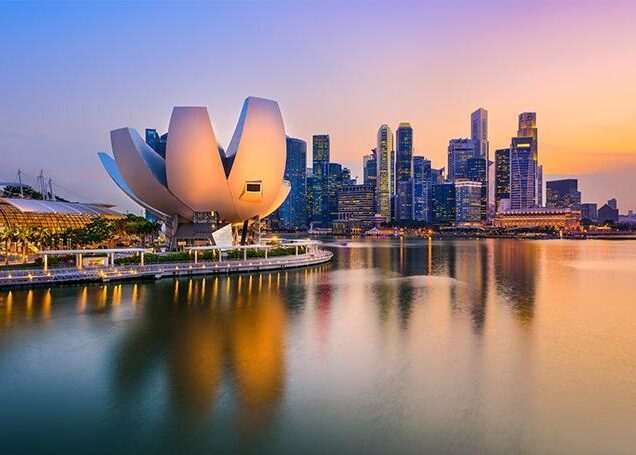
Lanzarote Canary Islands Spain
Lanzarote Canary Islands Spain Hyatt Secrets Bedroom Lanzarote Canary Islands Spain Timanfaya NP Lunar Landscape Lanzarote Canary Islands Spain Hyatt Secrets Gym Lanzarote Canary Islands
Singapore may be small in size but it has everything a traveller could wish for. You can experience this unique microstate including its transport systems, business districts and massive shopping centres on our Singapore adventure tours. During your visit you could spend time at the many historical and cultural sights such as Little India, Chinatown or visit the famous Singapore Zoo or Bird Park.
The food available in Singapore is amazing in its variety due to the influence and variety of population which includes Indian, Chinese and Malays among many others. By night a Singapore adventure tour isn’t complete without getting dressed up and enjoying a Singapore sling in the famous Raffles Hotel. Depending if you’re into bargain souvenirs from the local markets, or the best designer gear a Singapore adventure tour has all the options for an excellent trip.


Lanzarote Canary Islands Spain Hyatt Secrets Bedroom Lanzarote Canary Islands Spain Timanfaya NP Lunar Landscape Lanzarote Canary Islands Spain Hyatt Secrets Gym Lanzarote Canary Islands
Glitzy, glam and squeaky clean, modern and efficient Singapore is not some people’s idea of a typical Southeast Asia city. Scratch beneath the surface though and you will find an intriguing historic port and cultural melting pot. Originally zoned by ethnicity by its founder Sir Stamford Raffles, parts of the city still show the distinct culture, flavour and personality of its residents which include Chinese, Malay, Indian and European. Unabashedly seeking to attract global tourists, Singapore has enthusiastically built theme parks, luxury resorts and architectural wonders which are impressive sights to behold. It is also, of course, a world-class shopping destination. Whatever your interests, Singapore is a fast-paced, entertaining city-state with a little something for everyone.
The currency is the Singapore dollar (symbol: $) which is broken down into 100 cents. Notes come in 2, 5, 10, 50, 100, 500 and 1000 dollar denominations and coins come in one dollar and 5, 10, 20 and 50 cent denominations.
While Singapore can suit a range of budgets, it is still probably the most expensive country in Southeast Asia for travellers. A budget dinner will usually fall between US$8-15 and a bottle of beer between US$4-7 depending on where you are buying it at a hawker centre or in a pub. You can get cheap eats and single dishes at hawker centres for US$2-4. Many sites are free including markets, parks as well as some galleries and museums. Entrance fees for museums usually fall in the vicinity of US$5 and other attractions cost considerably more.
Tipping is not expected in Singapore. A 10% service charge is sometimes added to restaurant bills which you may be able to opt off of if you wish to leave your own tip.
Power in Singapore runs on 220-240 volts and plugs are of the three square-pronged type as used in the United Kingdom. Electricity supply is reliable and power outages uncommon.
Its history as a trading port makes Singapore extremely diverse considering its size, with communities of Chinese, Indian, European, Malay and Tamil people existing within the city (around three quarters of the population is Chinese). One complication of such diversity is what language people speak to each other. Singaporeans in school are taught English as the national lingua franca, along with a native language such as Malay, Tamil or Mandarin. What has emerged is an English-based patois called Singlish which combines English with a mixture of Mandarin, Tamil, Malay, and other local dialects like Hokkien, Cantonese or Teochew. Singlish dialect is almost universally used, although many Singaporeans can switch to Standard English when speaking with foreigners.
Singapore encompasses many different cultures and it is important to be respectful of each, such as ensuring shoes are removed before entering places of worship and arms and legs are covered. Singapore is well-known for having what, to an outsider, seem to be harsh penalties for relatively minor infractions. These include up to S$1000 fine for littering, S$1000 for smoking in a prohibited area or up to S$2000 fine for vandalism. The sale of chewing gum was also banned in Singapore after it shut down the subway system when it was stuck on train doors.
Singapore is an island located at the end of the Malay Peninsula, separated from Malaysia by the Straits of Johor and from neighbouring Indonesia by the Singapore Strait. It has one main island which is 50 kms across (east to west) and 26 kms long and a total land area of just over 700 square kms. There 63 smaller outlying islands, some of which have resorts or military bases, others are unoccupied. Singapore is very flat, and its position just above the Equator makes it hot and often wet. Around half of the area is built up, the rest is dedicated to reserves, farmland, parks, reservoirs, military bases and small pockets of jungle.
Not much is known of pre-colonial Singapore. Malay legend tells of a Sumatran prince who arrived on the island and, upon sighting an animal he believed to be a lion, founded a city on the spot calling it Singapura (lion city). Chinese traders from the 3rd century refer to an island called Pu Luo Chung which may have been Singapore and it is possible that Marco Polo visited the city in 1292. Despite this, in its early history Singapore was likely no more than a trading outpost, rather than the important city it was to become.
After Portuguese and then Dutch established themselves in the Strait of Malacca, the British saw the need to establish a strategic port in the area to secure trade lines between China, Southeast Asia and India. Stamford Raffles, the then lieutenant-governor of Java, was charged with negotiating with Malay sultanate for land for a British station. The old sultan just having passed, the Johor Sultanate was in disarray as the younger of the two sons had claimed power and secured a treaty with the Dutch. Through diplomatic manoeuvring, Raffles installed the elder son as a sultan on the tiny island where he would wield no power but receive an annual allowance, legitimising Britain’s claim on the region. He also signed a treaty with temenggong (senior judge) of the island who enjoyed a similar arrangement until both were bought out and the island became the outright property of the British East India Company in 1824.
Singapore became part of the Straits Settlements along with Penang and Melaka, three powerful trading stations controlled by the East India Company and administered from Singapore. Raffles left the operational responsibility of the island to Colonel William Farquhar and the colony grew large although chaotic. On his return years later Raffles took control of town planning, setting the city out into zones, planning government buildings and a new commercial district. His influence on Singapore is still apparent with the Raffles city shopping mall, Raffles Institute and Raffles Place in the CBD just some of his namesakes. The thriving port attracted merchants and entrepreneurs from all corners and the city was zoned into areas based on ethnic groups which included Chinese, Indian, Gujarati, European, Malay and Muslim.
The Japanese pushed down the Malay Peninsula during World War II, arriving into Singapore on 15 February 1942. The fall of Singapore was a humiliating blow for the British Empire and some believe it marked the beginning of its final decline. The Japanese rule was a dark period when many prisoners were either shipped north to work on the infamous Death Railway in Thailand, interned in the notorious Changi Prison or executed. After the war, Singapore returned into British control and it started the slow move towards independence until it became fully independent in 1965.
Lee Kuan Yew was the Prime Minister at the time of Singapore’s independence and remained in power for 31 years, retiring in 1990. He and his People’s Action Party enforced strict social controls on the island, removing political competition and building a society on Confucian ideals. His social regulations extended to include everything from spitting to jaywalking and curbed the previous chaos and violence building Singapore into a functional, disciplined city. Rapid industrialisation created government wealth which was poured into education, defence, health and housing schemes, meaning Singaporeans enjoy a high standard of living.
This heavy-handed approach has been criticised, saying such tight restrictions should not be needed in a harmonious society. Singapore’s current challenges includes manufacturing leaving its shores for cheaper competing countries and it has sought to reinvent itself as a creative, cosmopolitan destination for travellers and professionals. It hosts sporting events including Formula One and has built casinos, leisure parks and lifestyle areas as part of this reinvention.
We are passionate adventure travelers who want to share the world and our travel experiences with everyone…
This website uses cookies so that we can provide you with the best user experience possible. Cookie information is stored in your browser and performs functions such as recognising you when you return to our website and helping our team to understand which sections of the website you find most interesting and useful.
Strictly Necessary Cookie should be enabled at all times so that we can save your preferences for cookie settings.
If you disable this cookie, we will not be able to save your preferences. This means that every time you visit this website you will need to enable or disable cookies again.

